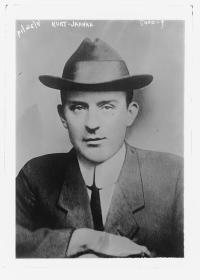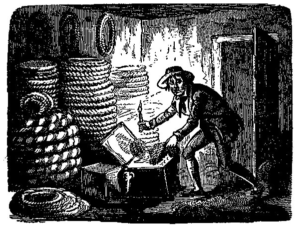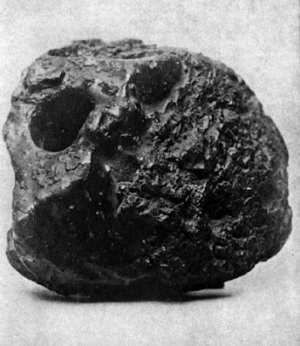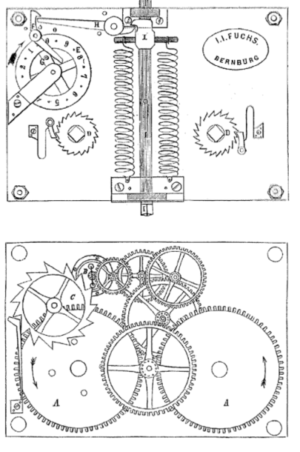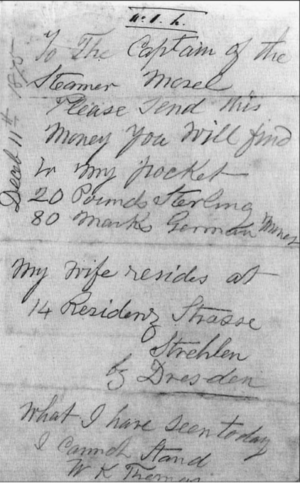The history of IED attacks in the US is full of surprises. The two organizations responsible for the most IED attacks, numerically, in the last 120 years is the Puerto Rican separatists organization the FALN (in the 1970s and 1980s ) with 126 IED attacks that killed 6 people in total, and the Iron Workers Union who between 1906 and 1910 used 111 IEDs to attack industrial targets, then finally the “bombing of the century” as it was called, when it blew up the offices of the Los Angeles Times. The subsequent fire killed 26 people.
I have blogged before about union attacks in the period, clearly industrial relations were very much an issue then, but the volume of attacks is remarkable. But remember at the time there were other violent attacks on going – the “black hand” extortion gangs in the New York area were very active, as were the early bomb squads in terms of responding to them.
The LA Times bombing was the fourth worst bombing (I think) in US history, after the Oklahoma bombing, the Wall Street bombing and the Bath School bombing – tell me if I have that wrong.
The LA Times device consisted of a suitcase of dynamite left on some sort of timer. It was reportedly set to detonate at 4.00 am when no-one was expected to be in the building, but detonated early at 1.07 a.m. The whole case is fraught, even now, with question marks and conspiracy theories. Indeed even the defendants lawyer the famous Clarence Darrow was caught bribing a juror. The end result of the bombing and the subsequent trial was a considerable set back for the Unions in Los Angeles.
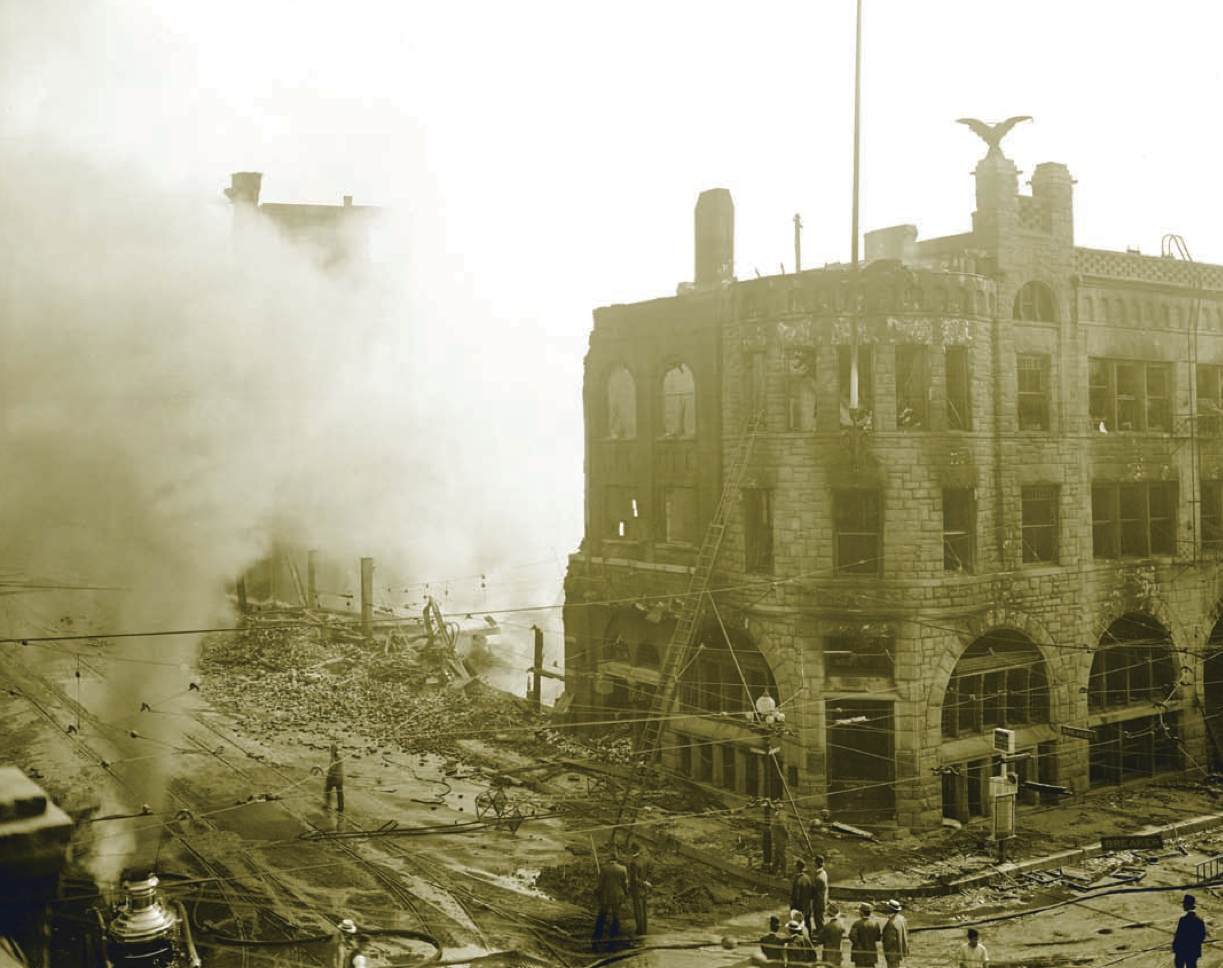
At the same time as the incident at the LA Times, another IED was found on a windowsill at the residence of the owner, General Otis and another targeting another opponent of the unions.
So, in terms of perpetrators, the most fatal bombings in US history are the responsibility in each case of domestic terrorists:
- Radical right wing extremist (Oklahoma Bombing) 168 killed
- Regular nut job (Bath School Bombing) 45 killed
- Anarchist extremists(Wall St bombing) 38 Killed
- Radical left wing unions (LA Times bombing) 21 killed
Of course the 9/11 attacks killed more, but they weren’t IEDs per se.

